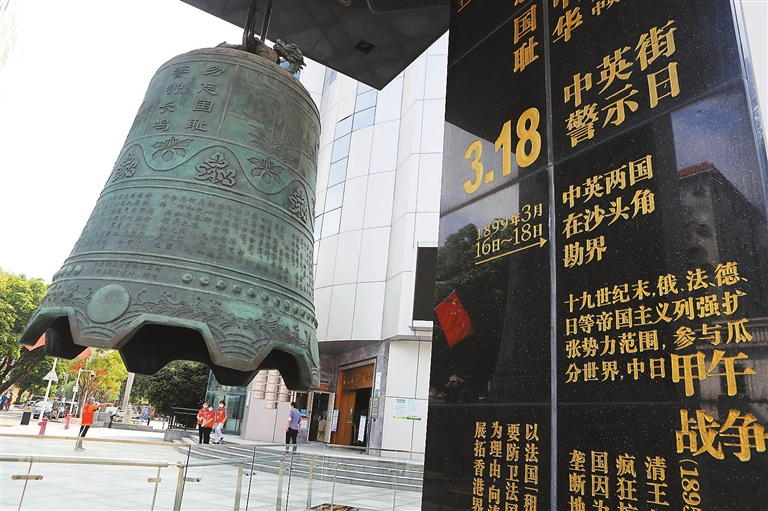
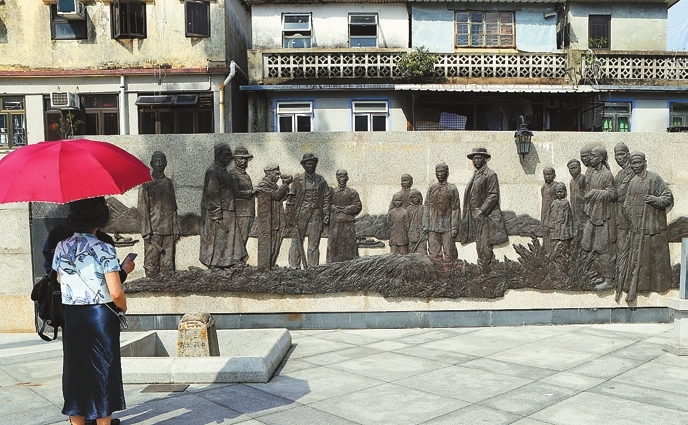
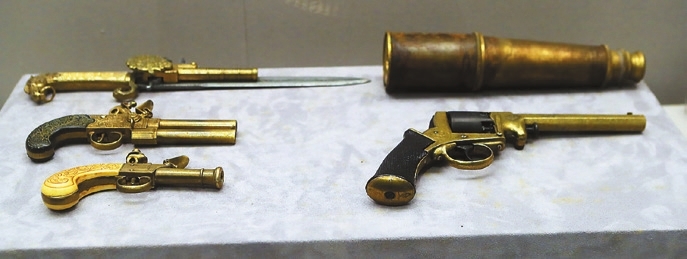
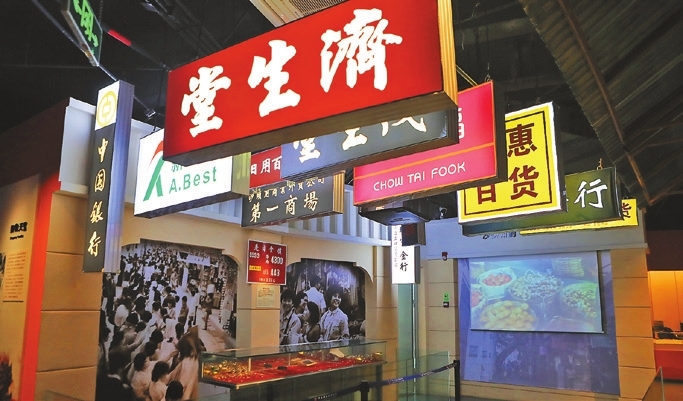
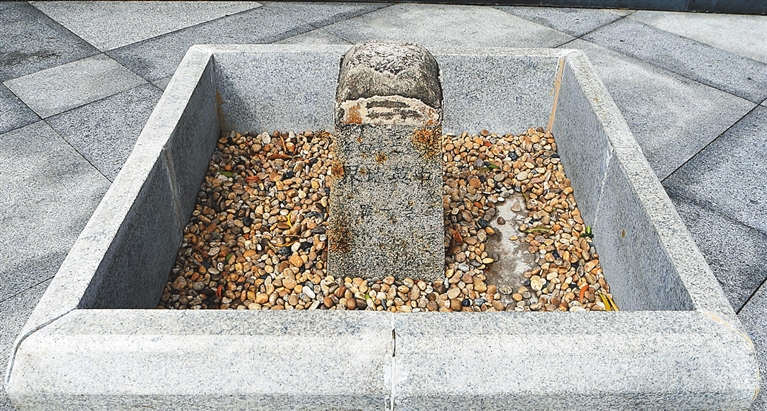
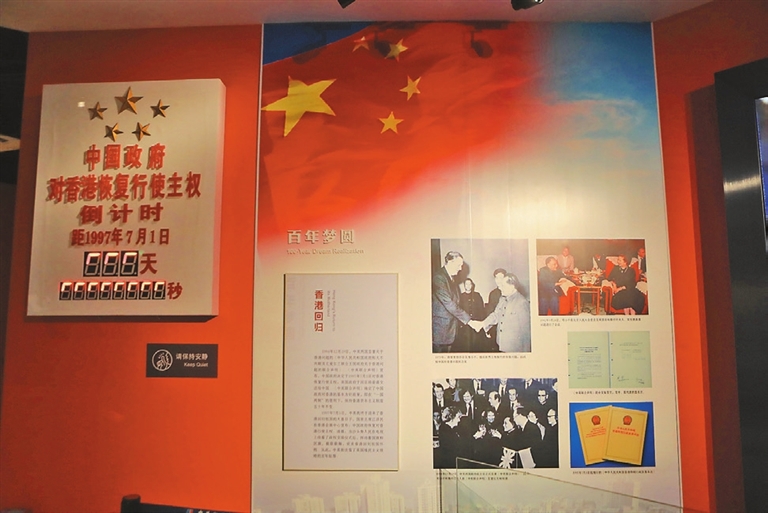
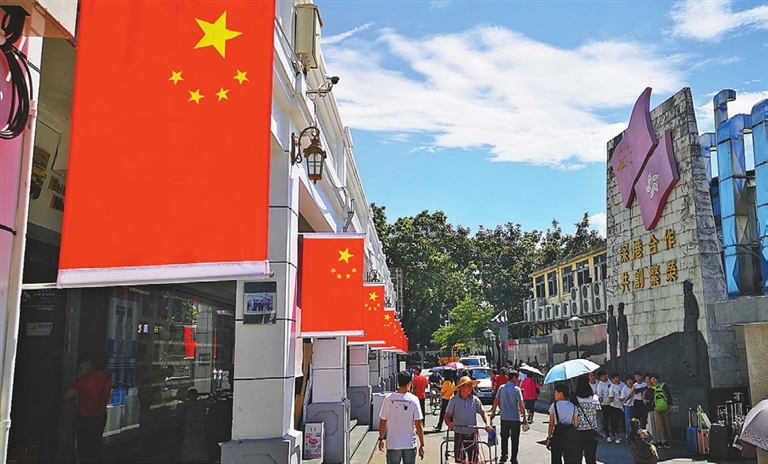
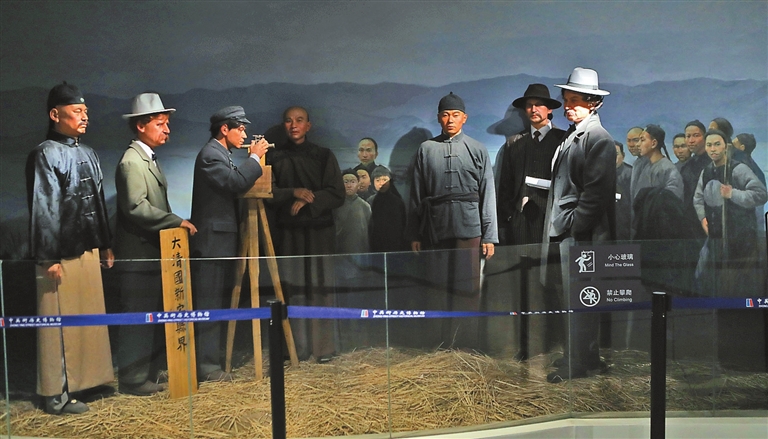
LOCATED in Shatoujiao, Yantian District, the 250-meter-long Zhongying Street suffered a national disgrace in Chinese history for over a century. On March 16-18, 1899, the border town Shatoujiao was divided into two parts — the Chinese section and the British section, according to the Convention for the Extension of Hong Kong Territory, a lease signed between the Qing Dynasty government and Britain. That agreement forced the residents of Shatoujiao to live on two separate sides of the street, marked by several boundary markers on the border between Hong Kong and the Chinese mainland. During the Chinese People’s War of Resistance Against Japanese Aggression, a 100-member team of the Dongjiang Column of the Guangdong People’s Guerrilla Against Japanese Aggression carried out guerrilla actions in Shatoujiao, Tai Po, Fanling and Sheung Shui. Li Jifang, head of the team’s intelligence group, disguised himself as a school teacher in Shatoujiao and sent intelligence information about Zhongying Street to guerrilla troops through sports matches he organized. Villagers in Shatoujiao also masterminded two explosions in the Japan-occupied Lianmakeng mine but failed. In February 1945, with the support from a team of the Dongjiang Column, villagers led by Ye Weili removed materials from the mine and finally succeeded in an explosion, defeating the aggressive Japanese invaders. Since the reform and opening up in the 1980s, Zhongying Street has become a shopping area. The Yantian District Government placed a warning bell next to the No. 1 boundary marker in 2001, in a bid to memorialize the history and strengthen patriotic education. On May 1, 1999, the Zhongying Street Historical Museum was built to display historical items and serve as a patriotic education base. (Cao Zhen) | 
